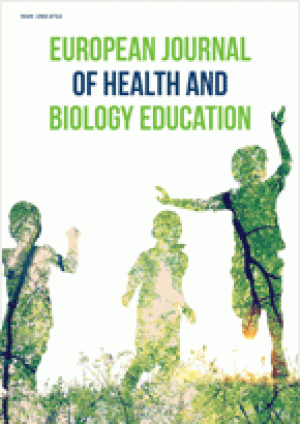Abstract
The main goal of this study was to determine whether the integration of computer-based technology including computer animations and illustrations in teaching and learning of the gene concept could enhance students’ understanding of the gene concept. The population of the study was the entire Form Four biology students who have studied biology for four years at public secondary schools in Kakamega Central District of Kenya. The schools were selected by stratified random sampling to include provincial girls’, provincial boys’, and district mixed secondary schools. Simple random sampling was used to select 240 Form Four biology students. The control groups (C1, C2 and C3) were taught in a conventional manner whereas the experimental groups (E1, E2 and E3) received instruction that integrated computer animations and illustrations. Gene concept administered was the same for both pre-test and post-test for a period of four weeks. Gene concept Achievement Standardized Test and Gene Concept Multiple Choice Test were used as instruments for data collection. The pre-test and post test scores in the pilot study indicated a positive correlation using Pearson's product moment correlation coefficient (r) of 0.79. Thus the instruments were reliable. With the help of SPSS data analysis was conducted using ANOVA (F-test), and T-test. The results were tested using ANOVA at alpha = 0.05 level of significance. The findings in the study showed that the integration of computer-based technology in teaching and learning improved students’ achievement scores and understanding of the gene concept.
License
This is an open access article distributed under the Creative Commons Attribution License which permits unrestricted use, distribution, and reproduction in any medium, provided the original work is properly cited.
Article Type: Research Article
European Journal of Health and Biology Education, Volume 1, Issue 1, July 2012, 31-52
https://doi.org/10.20897/lectito.201203
Publication date: 15 Jul 2012
Article Views: 1205
Article Downloads: 828
Open Access References How to cite this article
 Full Text (PDF)
Full Text (PDF)